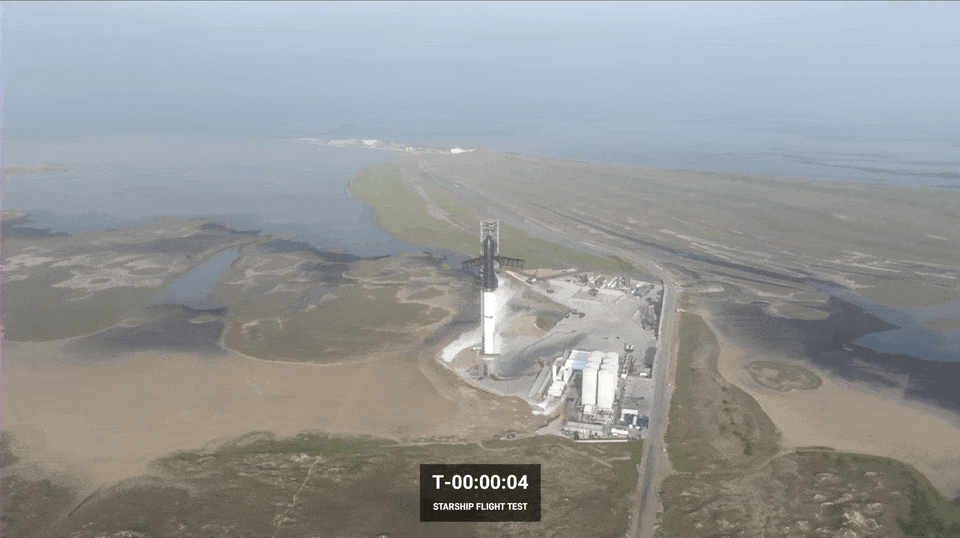SpaceX has launched its fully-stacked version of Starship, including the upper stage and the Super Heavy booster, for the first time. The combined launch vehicle stands at nearly 400 feet tall, and the launch today included a successful lift-off, plus ascent all the way to and through the crucial Max Q period, which is the point of the launch during which the vehicle is under the most stress.
The test went surprisingly smoothly for a first flight of an orbital rocket – right up until the point where the first stage was meant to separate from the upper stage. At that point in the flight, the first stage continued to fire its engines and the upper stage did not separate or light up its own engines as intended. SpaceX also noted on their webcast that it looked like three of the Raptor engines that power the booster may not have fired, but that didn’t seem to negatively affect the initial lift-off and ascent.
All told, this should definitely be considered a success: SpaceX founder Elon Musk had said previously that there was essentially a significant chance Starship wouldn’t even make it off the pad on this first try. SpaceX’s Kate Tice said on the live broadcast that the team would consider anything beyond getting off the pad a win in this instance, with the primary goal of the flight being to capture key data about the vehicle in order to increase its chances of success for future orbital flights. The flight today ended with both stages engulfed in a large explosion effectively destroying the entire vehicle. SpaceX noted that the flight path today was intentionally set over land and water that was cleared of human presence for safety in case of any falling debris.
SpaceX said it’ll provide more info about the test flight and its results as it investigates more about what occurred during the launch.


